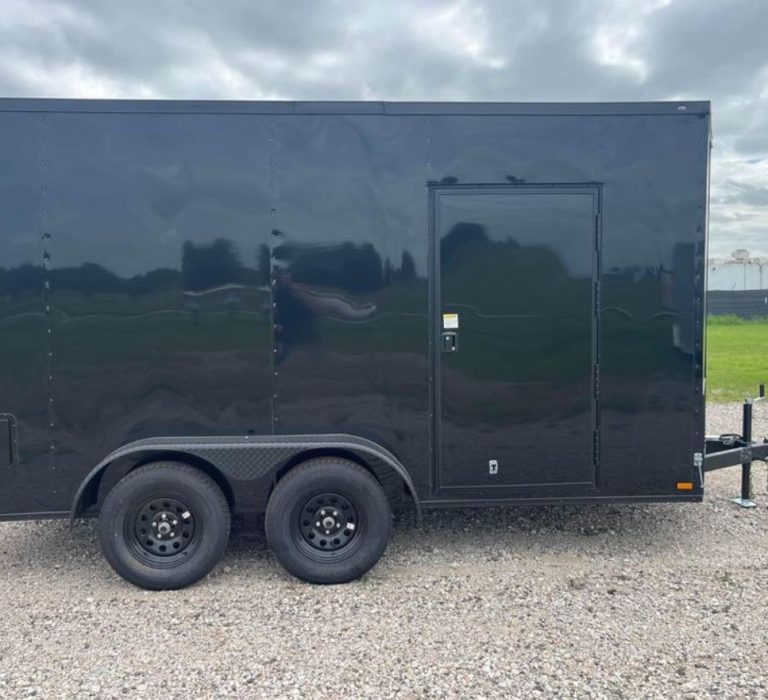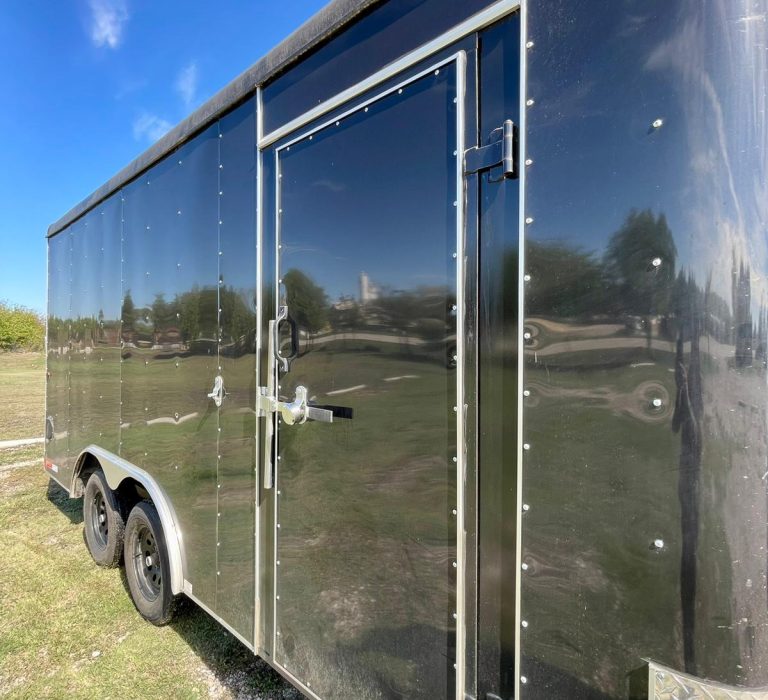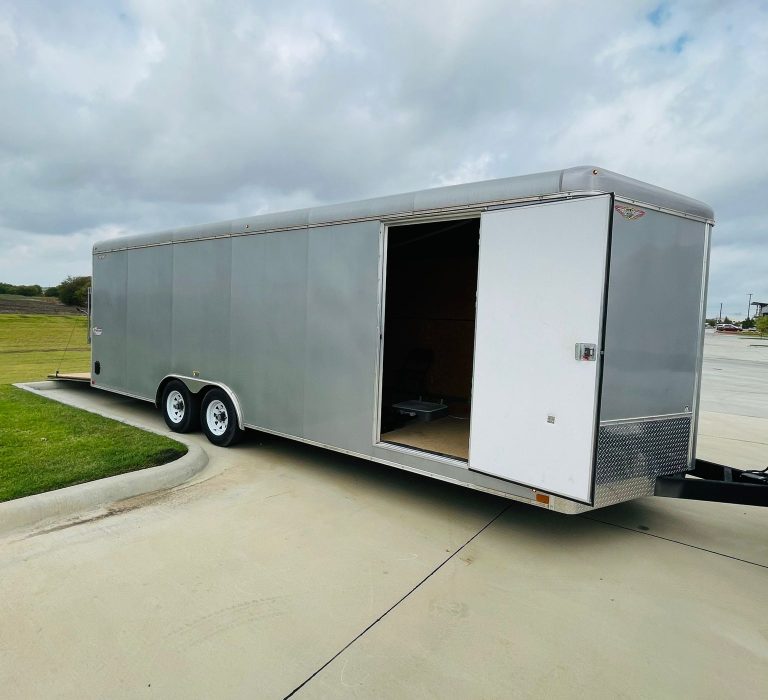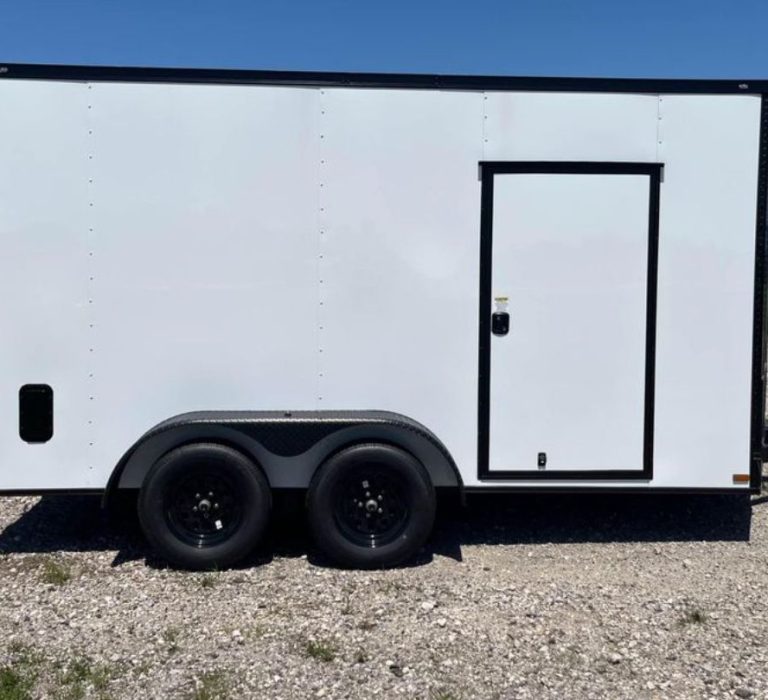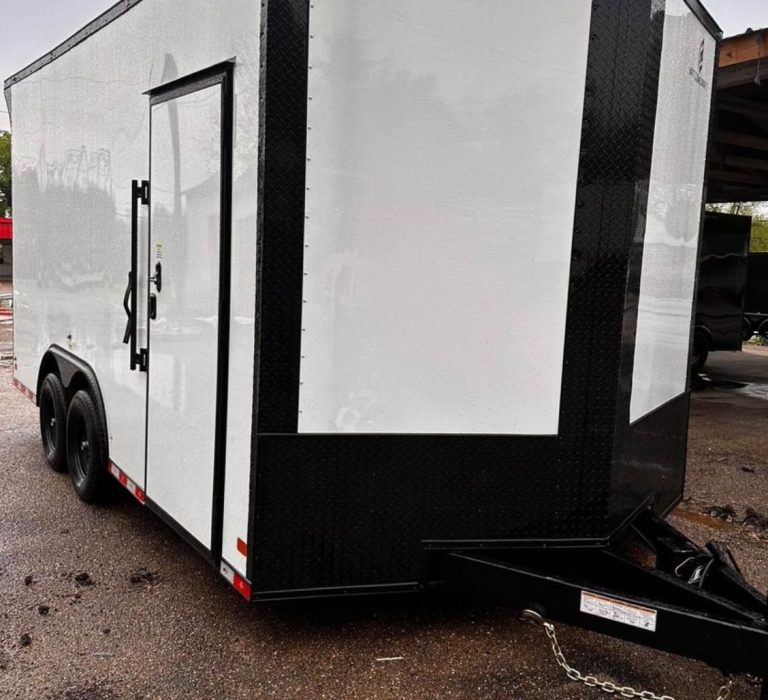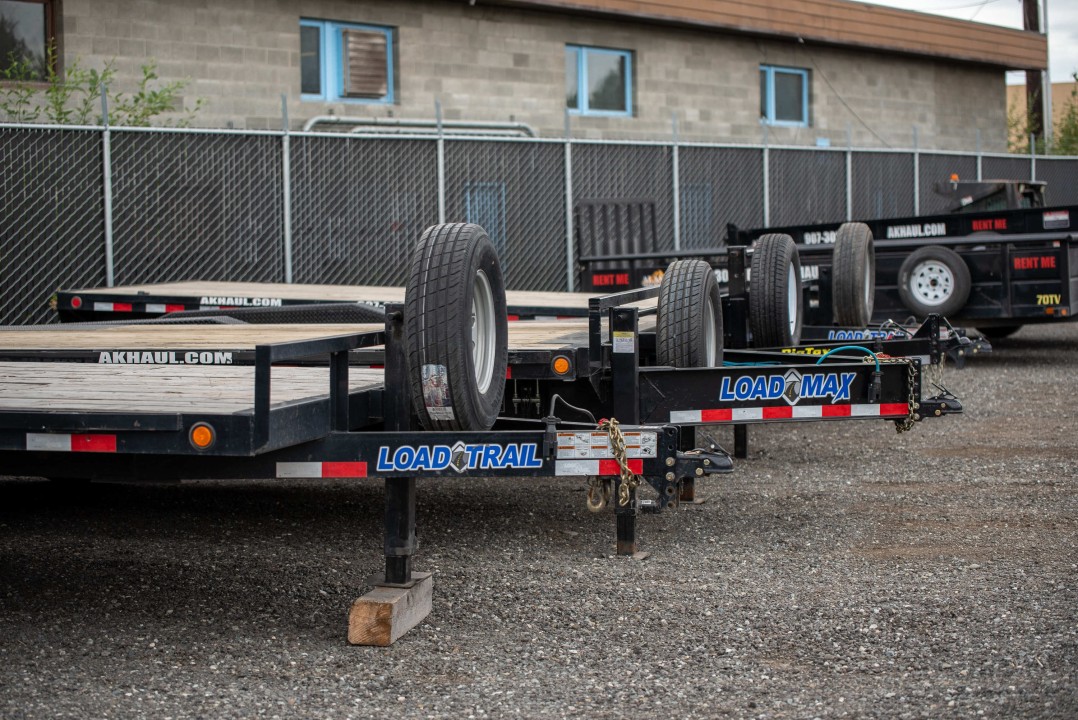Cargo Trailer
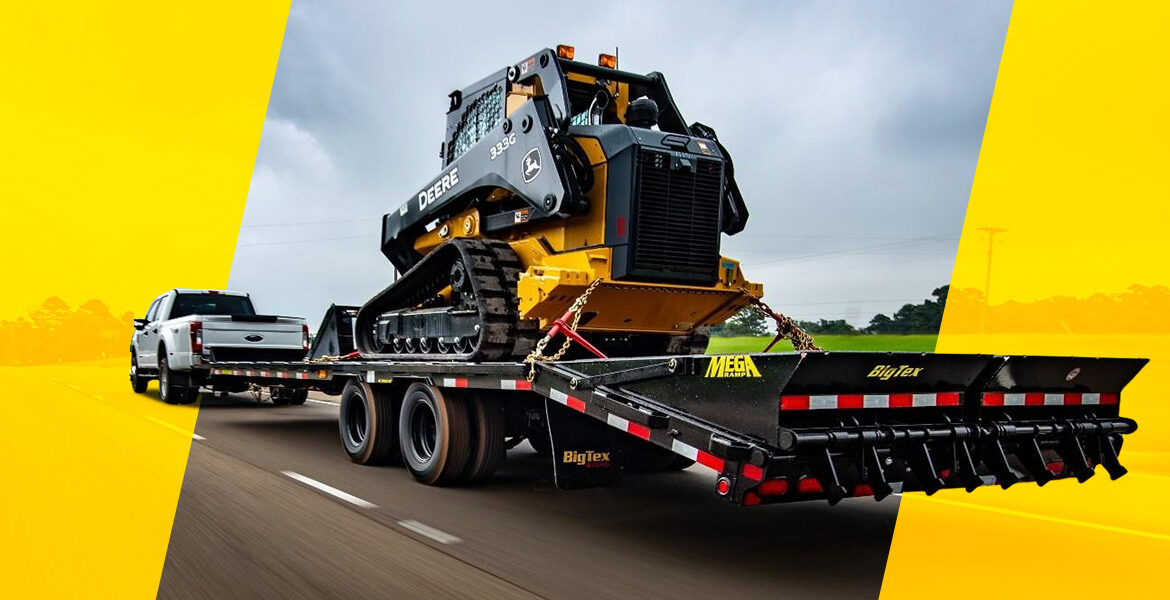

A gooseneck trailer is a type of trailer that features a specific hitch design that extends forward and over the towing vehicle’s rear axle. This hitch configuration differs from traditional bumper-pull trailers, where the hitch ball is mounted on the rear bumper or frame of the towing vehicle. Here are the key features and characteristics of gooseneck trailers
Hitch Configuration: The distinguishing feature of a gooseneck trailer is its hitch, which extends forward from the trailer and attaches to a ball mount located in the bed of a pickup truck. This ball mount is typically positioned over the rear axle of the towing vehicle.
Towing Vehicle: Gooseneck trailers are commonly towed by heavy-duty pickup trucks due to their robust construction and towing capabilities. The hitch design allows for a tighter turning radius compared to bumper-pull trailers, making them suitable for maneuvering in tight spaces or around obstacles.
Load Capacity: Gooseneck trailers are designed to handle heavier loads compared to bumper-pull trailers of similar size. They are often used for hauling livestock, construction materials, heavy equipment, and other large payloads.
Stability: The gooseneck hitch design offers increased stability and weight distribution compared to bumper-pull trailers. This configuration places a significant portion of the trailer’s weight over the rear axle of the towing vehicle, enhancing towing stability and reducing sway.
Deck Size and Configurations: Gooseneck trailers come in various deck sizes and configurations to accommodate different types of cargo and towing needs. Deck styles include flatbeds, dump trailers, livestock trailers, and enclosed trailers.
Versatility: Gooseneck trailers are versatile and widely used across various industries, including agriculture, construction, transportation, and recreation. They can be customized with options such as ramps, storage compartments, tie-down points, and hydraulic lift systems to suit specific applications.
Safety Features: Like other trailers, gooseneck trailers are equipped with safety features such as brake systems (electric or hydraulic brakes), safety chains or cables, lighting systems (brake lights, turn signals), and reflective markings for visibility.
Cost Considerations: Gooseneck trailers typically require a pickup truck with a factory-installed or aftermarket gooseneck hitch system. This setup can add to the initial cost but provides enhanced towing capabilities and maneuverability.
Gooseneck trailers are favored for their stability, towing efficiency, and ability to handle heavy loads. When choosing a gooseneck trailer, factors to consider include towing vehicle compatibility, load capacity, deck size and configuration, intended use, and regulatory requirements for towing heavy trailers.


